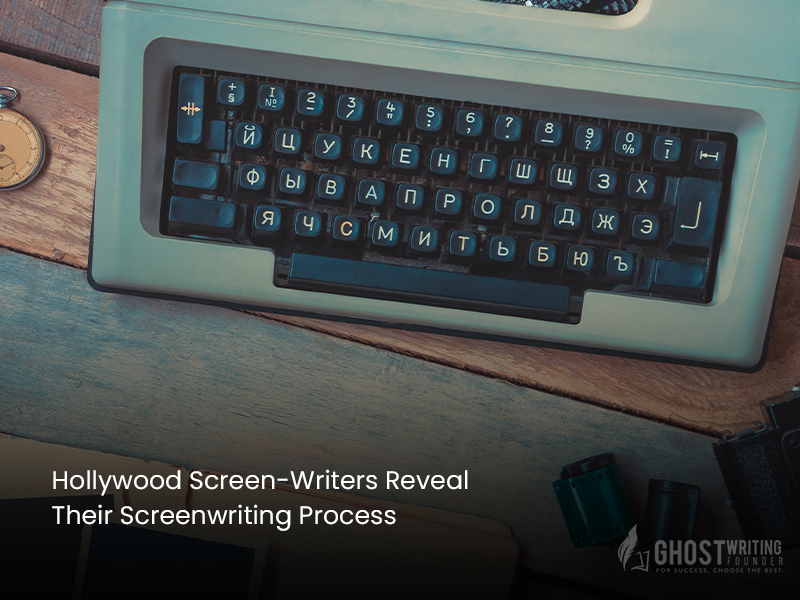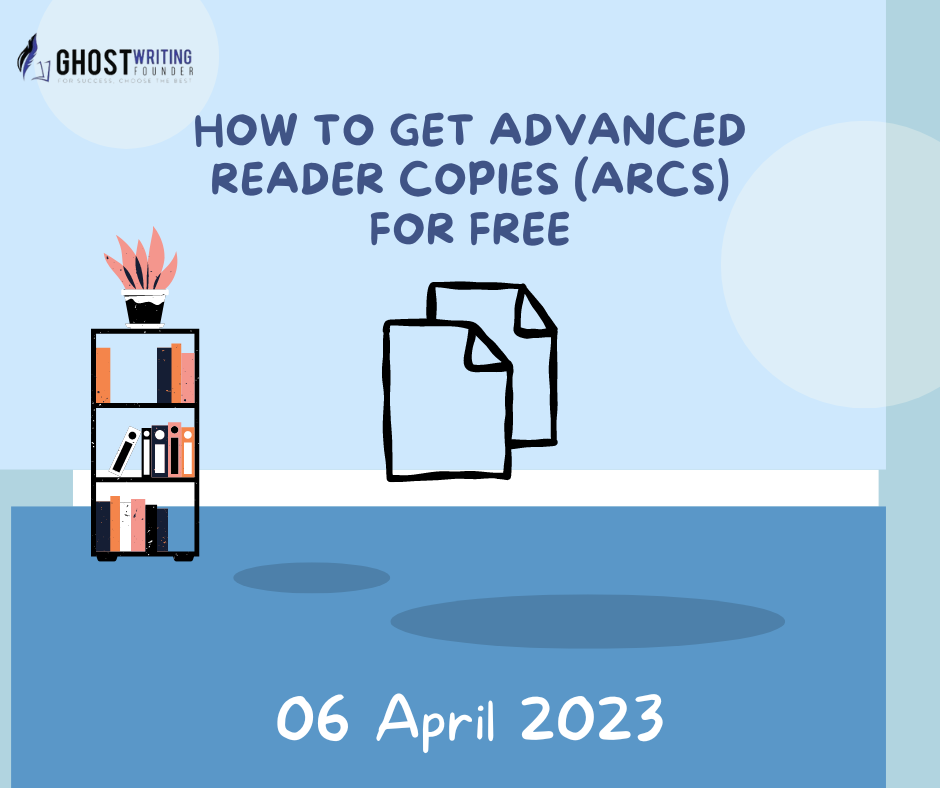
Writing
All of Hollywood’s movie magic starts with the first draft, which evolves into a screenplay to fit the silver screen. Working on scripts for a feature film is a long and challenging screenwriting process that requires a degree of technical knowledge. With some sufficient study and practice of the standard Hollywood screenwriting process, though, you can master the screenwriting craft.
How to do the Hollywood writing process?
Writing a feature spec script by the screenwriting process—or even the Hollywood screen-writers doing a script for a short film—can seem overwhelming, but it’s manageable if you break it down into methodical steps. Here’s a step-by-step guide to creating your movie script:
A logline is a single sentence that gives the answer to the question: What is my story about? It has to encompass the plot’s main dramatic question—although it is not always asked as a question. This logline can be changed as you work toward a final draft of your script-writing process for the screenplay, but it’s a helpful guiding light as you get deeper into the Hollywood screenwriting process.
You will have to answer a few questions to create your kind of logline:
How does the protagonist get into the story?
What conflicts can arise to question the main character and move the whole story forward?
From what world is your story, and how is this story different, interesting, or suspenseful?
In around 50 words or less, explain your whole story and information into a single sentence. Don’t use the names of your characters; describe their personality; instead, don’t provide any spoilers.
Hollywood Writing Process
Begin crafting an outline by writing the main events of your Hollywood screenwriting process script in order. You can make this in a traditional outline format of more than one or two pages, or if you have some space left, you can build your sentences on indexed cards and post them onto a wall to make it easier to see and manipulate the parts. Each of the events should be a single, short sentence. Your main dramatic question is the force that will craft your Hollywood writing process story’s main plotline. Screenwriters call this the through line.
Get to know about the basic structures that underline most of the stories, as they will most likely save you from so many re-writes later. Most of the screen-writers make the screenplays take place over three acts, along with an inciting incident that leads to a conflict or struggle and ending with some resolution or change.
Consider that your treatment is a beefed-up prose version of your screenwriting process outline, one that is read more like a short story. However, If you’re shopping for your script around, treatment is also something useful to gauge interest; it can also become a good exercise to see if your story works the way you are hoping it would in your head. Your inner artistic vision comes into play while the treatment so creates your own world and your own characters as lush as you’d like.
Happy with your screenwriting process outline, which was also said to be your treatment? Here is where the hard work comes in front. Try remembering all the rules that you’ve heard before: Show, don’t tell. Write in the present tense. Adhere to the proper formation. Do not do too much editing when you do the Hollywood writing process. Let your ideas flow in your mind, then structure them once you’ve got everything on your page.
Script Templates of the Screen Writers
Script templates of the screen-writers are very easy to find online, and there’s plenty of writing process software that will automatically arrange your writing process into a screenplay format. Final Draft is the tool of choice for most professional screen-writers. The Industry standard for script format is about 12-pt Courier font, with a 1.5″ right margin, 2.0″ left margin, and 1.5″ margins at top and bottom.
The famous screen-writer and author Neil Gaiman said that writing is a sort of explosion. When you get to the very end of it, you will be able to walk around and look at the shrapnel and the damage it had done. You will be able to see who died. Getting to see how it worked is the main editing process.
Editing of the Hollywood Writing Process
In the editing of the Hollywood writing process, your goal is just to be clear. When you get back to what you’ve written, pretend that you’re a person who had never read it before. What do you think would their response be? Don’t entirely focus on perfection. Keep your attention on the story too. If you can’t get any odd out, give it to a trusted reader of yours. Ask them for advice about the corrections, but don’t automatically accept their suggestions; keep that in mind.
One method of editing the Hollywood writing process is to identify problem areas that you more likely want to improve, mark all of the problematic areas with some kind of a colored highlighter, and set a goal to get the entire script back colorless. Look at the great famous screen-writers, especially for sections where the description is slightly sloppy or a bit is overwritten, and reconsider sequences where someone acted out of character. For the exposition, are you relying too much on narration? Try cutting out all of the narration and check how it is altered. Has the narrative become easier to follow? Has It become less or more interesting by the elimination of all the narration?
Screen Writers
The Hollywood writing process is a profession that involves its own technical language by screen-writers. Here are a few of the terms that may be essential to understanding the craft:
A Scene heading, which is also known as a slug line, a scene heading appears to be at the top of each new scene and includes the following information: the location, interior, exterior, and time.
Action line, an action line tells about what a character is doing in a scene.
A parenthetical is a small direction that is included before a character’s line that usually suggests how the line is to be delivered.
Screen Writer Script
Transition, what people call “FADE IN,” precedes your Hollywood writing process script’s first line. “FADE OUT” marks the end. Other transitions, such as the “DISSOLVE TO” or to “MATCH CUT TO,” may be used throughout your screen writer’s script.
Voiceover, abbreviated to voice over is “V.O.,” voiceover is usually used when an unseen narrator interjects into the scene.
Camera angle, though typically is avoided by some screen-writers, camera angles can be noted in a screenplay if they are that essential to the way a scene unfolds, perhaps enabling the delivery of a joke or big revelation.
Now that you are done with your first draft, you will have a much better picture of your whole story. Go back and refine all of the actions, tighten those dialogues, and edit the script. The chances are that you will have to do this at least more than once. At last, when you are about to create a final version, using white space on your pages is much better. It would get easier to read and will seem quicker to get through. When a producer has to read many scripts in a day, it gets discouraging to read a script that is filled with pages of a lot of action description and long monologues.
Build Different Characters
Overall, a screen-writer’s Hollywood writing process is a difficult task —a screen-writer that takes sacrifice and dedication to the writing. In the end, it’s a rewarding Hollywood writing process, in which you get to build different characters and watch them come to life as they make choices to navigate the living course you’ve placed before them. Take some time to learn about the craft, and your script will be done in no time.
For more into -deep tips on learning the writing process on a screenplay, there are so many books that are considered by most industry professional screen-writers to be must-reads for any aspiring screen-writer. Each one of the offers is a valuable insight into a different aspect of developing a story. It is the building of some interesting characters and crafting a thoughtfully motivated Hollywood writing process screenplay. It is how some of the famous screen-writers work.
Main Attributes and Elaborate Information
| Component | Description | Impact on Screenwriting |
|---|---|---|
| Logline Development | Crafting a concise, single-sentence summary of the story. | Provides a clear and focused premise for the screenplay. |
| Outline Creation | Structuring the main events in a sequential order. | Ensures a coherent narrative flow and addresses key plot points. |
| Three-Act Structure | Dividing the script into three parts: Setup, Confrontation, and Resolution. | Creates a foundational framework for narrative development. |
| Characterization | Developing unique and compelling characters. | Enhances the depth and relatability of the story. |
| Dialogue and Action | Balancing dialogue with descriptive action lines. | Drives the narrative forward and reveals character traits. |
| Editing and Refinement | Revising the script to enhance clarity and storytelling. | Polishes the script and heightens its impact and appeal. |
| Screenplay Formatting | Adhering to industry-standard screenplay format. | Ensures professional presentation and readability. |
Main Goal of a Hollywood Screen Writer
You should do whatever works for you. The main goal of a Hollywood screen-writer is to plot the main story. The more detailed the writing process would be, the more detailed your outline would be, and you will waste less time on the road. As you are plotting your outline, keep in mind that tension drives a screen-writer’s story close to the Hollywood Writing process. The building of the tension and then releasing it is the key to keeping the audience engaged and hooked to the story.









Leave a Reply